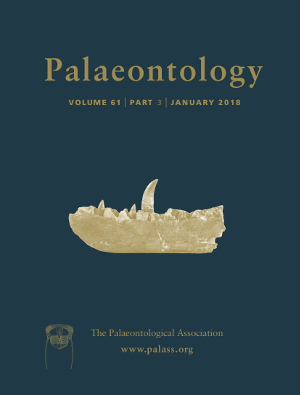Reg. Charity No. 1168330

Electroreception is widespread in living vertebrates, and is often considered to be a primitive vertebrate character. However, the early evolution of electroreception remains unclear. A variety of structures in early vertebrate fossils have been put forward as potential electroreceptors, but these need to be reassessed in light of the now substantial literature on electroreceptors in living vertebrates. Here we review the evidence for all putative electroreceptors in early vertebrates, and provide new information from CT scans. In the jawless osteostracans, the pore canal system in the dermal skeleton and the lateral and dorsal fields do not resemble electroreceptors in living species. Nevertheless, the presence of a recurrent ramus of the anterior lateral line nerve in osteostracans suggests that electroreceptors were present, by comparison with lampreys. In placoderms, cutaneous sense organs on arthrodire cheek plates are possible electroreceptors. CT data shows that the orientation of these pits is anomalous for electroreceptors, and intimately associated with bone growth. A newly identified type of cheek pit, for which the term ‘Young's apparatus’ is introduced, is known from only two arthrodire specimens. It is closely associated with the underlying jaw joint, but its precise function is unknown. In osteichthyans, the ‘pore group’ clusters of early sarcopterygians may have housed electroreceptors. CT data from Devonian lungfish support this interpretation, showing internal morphology consistent with electroreceptors, and innervation via the rostral tubuli underlying the dermal bone of the snout. The early osteichthyan Ligulalepis has pit structures which may be electroreceptors, and were possibly innervated by lateral line nerves. Specialized electroreceptor systems, including elaborated ‘pore group’ pits in Devonian lungfish and rostral organs in the earliest coelacanths, show that electroreception may have had an important role in niche specialization in early vertebrates. Finally, fossil data does not support the hypothesis that vertebrate hard tissues initially evolved to shield electroreceptors.